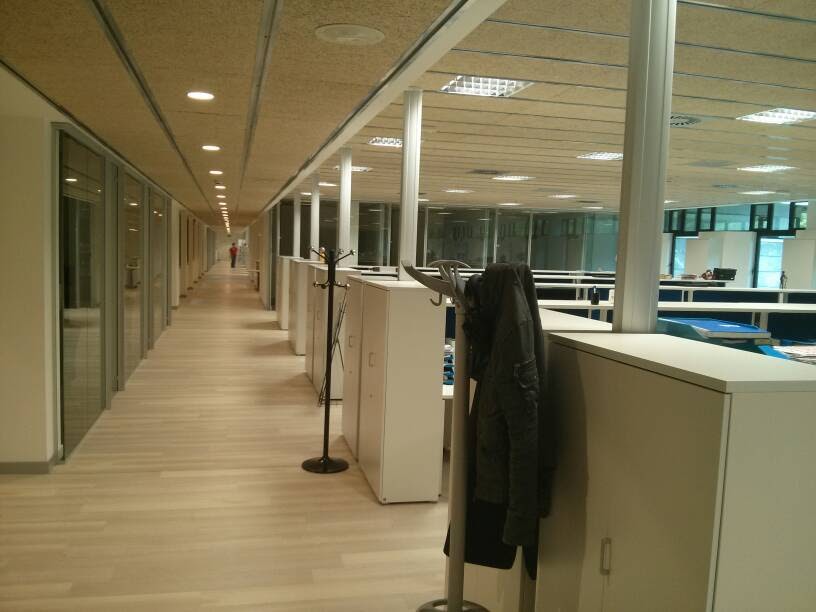WebLab-Deusto is a multidisciplinary research team aiming to increase the experiential learning by the use and development of remote laboratories. To this end, several laboratories are offered for free through the Internet, the underlying software is available under an Open Source license and equipment can be duplicated.

The WebLab-Deusto project started on early 2000s, by testing different settings of a CPLD through the Internet, with a set of exploratory ad hoc solutions. On October 2004, efforts to make it suitable for its use in class started and in February 2005, WebLab-Deusto 1.0 was used in class regularly for CPLDs. Later, in November 2005, WebLab-Deusto 2.0, which used AJAX, was used with CPLDs and FPGAs. It was soon used in more classes and even with mobile devices.
However, every deployment consisted of a full copy of the same software, so all the administration was not centralized, and as the number of labs and students to maintain increased this became a major issue. For this reason, WebLab-Deusto 3 was a complete reimplementation of the software, focused on supporting multiple laboratories in a distributed network while keeping the administration centralized. It was first used with students in November 2007, and it was awarded both by the Spanish Chapter of the IEEE Education Society and by the Faculty of Engineering of the University of Deusto as best end-term project.
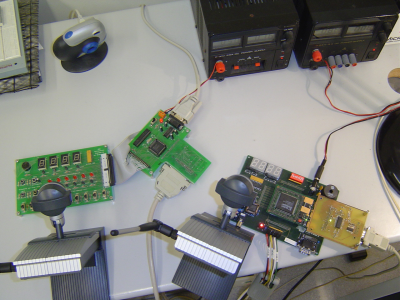
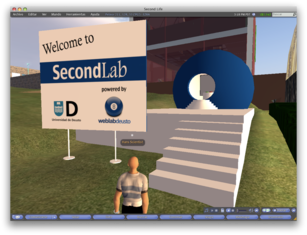
In parallel, the VISIR project was adopted, acquiring a copy of its equipment and using it with students of the University of Deusto. Also, Ignacio Angulo led the low cost solutions for the development of remote labs were developed, where everything was deployed in a PIC microcontroller. Afterwards, the WebLab-Box was implemented and in 2009 it was awarded in the Best Educational Tool Awards of the 3rd IEEE International Conference on e-Learning in Industrial Electronics - ICELIE'2009.
In the meanwhile, Jaime Irurzun enabled the access to WebLab-Deusto through SecondLife, and this integration was awarded both by the Spanish Chapter of the IEEE Education Society and by the Faculty of Engineering of the University of Deusto as best end-term project. WebLab-Deusto also supported more development platforms and in 2010, it was released as Open Source. Additionally, the WebLab-Deusto team joined the Global Online Laboratory Consortium (GOLC).
In early 2011, the team as a whole was awarded with the UD-Grupo Santander award. It also started being present in european projects such as e-pragmatic and later in OLAREX. With the usage of the system during several years, work on its analysis was developed.
Additionally, a new version of the VISIR equipment was developed, based on LXI instead of PXI. This decreases the costs of the equipment and enhances the flexibility of the potential circuits. The author of this work, Unai Hernández, presented his PhD on this area on May 2012.
In late 2011 and early 2012, WebLab-Deusto supported sharing labs automatically in a scalable and transitive way. This makes it possible to scale up the number of concurrent users by distributing them among copies of the same lab in different universities. The team was invited to speak in the Singularity University in June 2012, in Silicon Valley, and the author of this work, Pablo Orduña, was later awarded by the MIT with the TR35 Spain award (top 10 innovators in Spain under 35) for it. He presented his PhD on this area on May 2013.
During this time, the number of laboratories was multiplied. Six copies of the WebLab-Box were built and are used regularly (one of them was transferred to the MIT as part of a NSF project). Additionally, in 2013 three end-term projects were presented: one by Luis Rodriguez-Gil on applying augmented reality in Weblab deusto, other by Iñigo Iturrate on a robotics laboratory deployed in a Bulgarian museum, and finally one by Gustavo Martin on the aquatic laboratory.

In the meanwhile, the University of Deusto hosted both the REV conference and the GOLC meeting on summer 2012, and it started being used in other universities and secondary schools. Three visiting researchers participated in WebLab-Deusto: Fabricio Gazzola, coming from the Federal Institute of Santa Catarina (IFSC) in Florianópolis, Brazil (who worked in the integration of LabVIEW Remote Panels), Bruno Campos from the same university (who worked in low cost laboratories) and Martin Kaluz from STU in Slovakia (who worked on integrating their control laboratories, and deployed WebLab-Deusto in STU). Its use has also been broaden by its inclusion in new projects, such as Go-Lab or ICo-op.
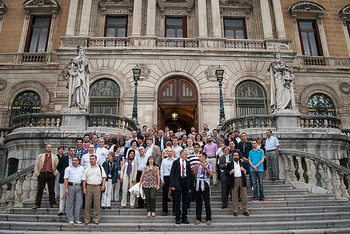
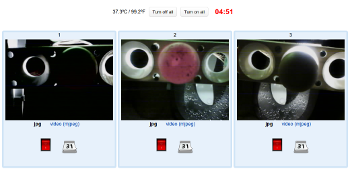
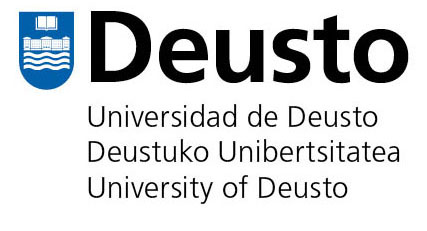
The University of Deusto is a private and fully recognized university with 997 members of staff and more than 12,000 students, established in 1886. Academic excellence of the University of Deusto is reflected in its commitment to innovative methods of learning, particularly in the new methodology of competence-based learning, own methodology of teaching, learning and assessment in a learner-based approach, and incorporation of new technologies as tools for quality education with an emphasis in meaningful learning and efficiency.
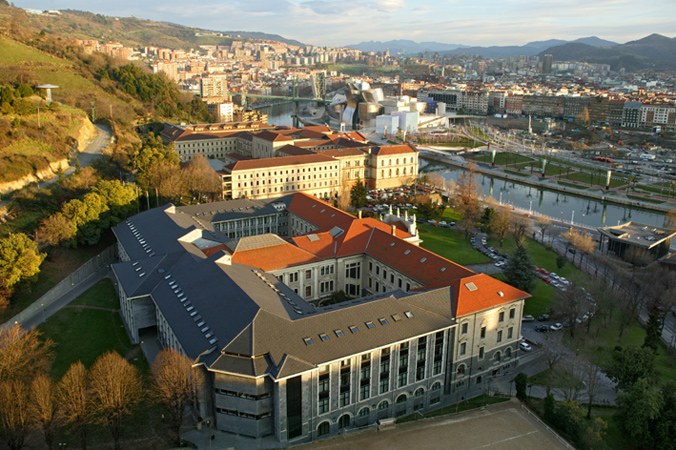
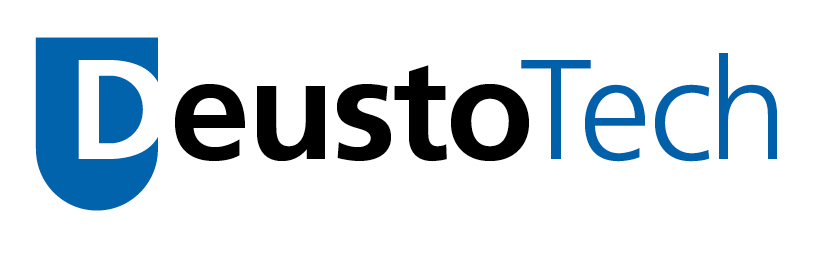
DeustoTech - Deusto Institute of Technology is the R&D organization within University of Deusto, Faculty of Engineering, mainly devoted to research, technology development and knowledge transference. There are currently about 160 people working in DeustoTech, including professors of the Faculty of Engineering, PhD students, post-doc researchers, senior researchers, and technicians.
Given the multidisciplinar nature of WebLab-Deusto, it involves people from different areas of DeustoTech, such as DeustoTech Learning, Internet and Mobility.
